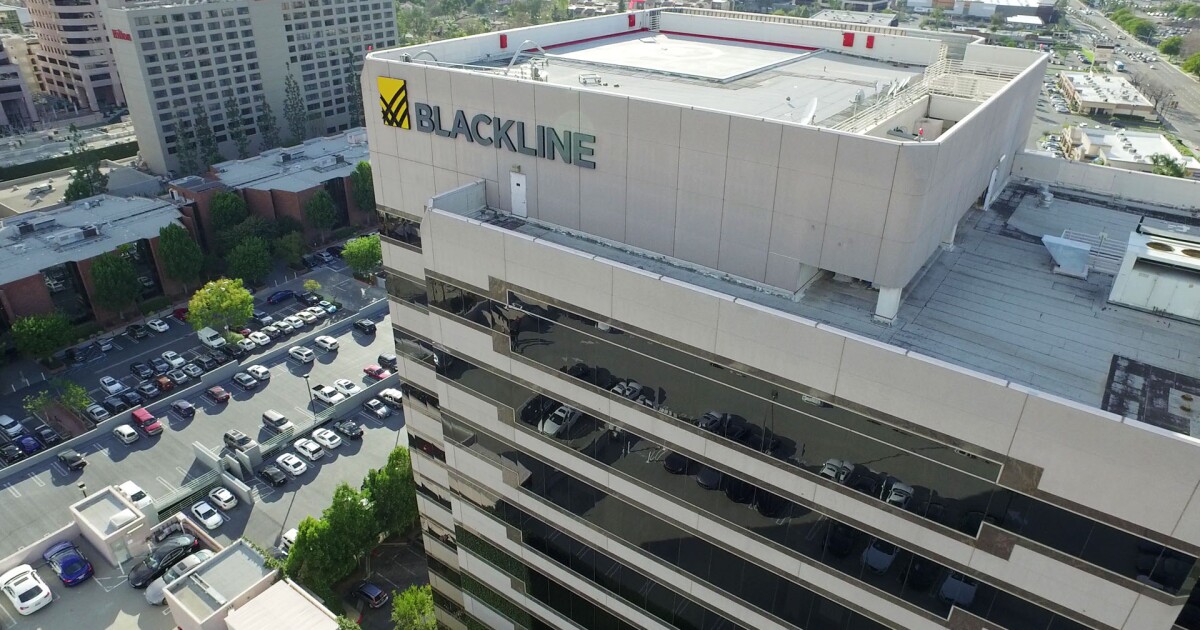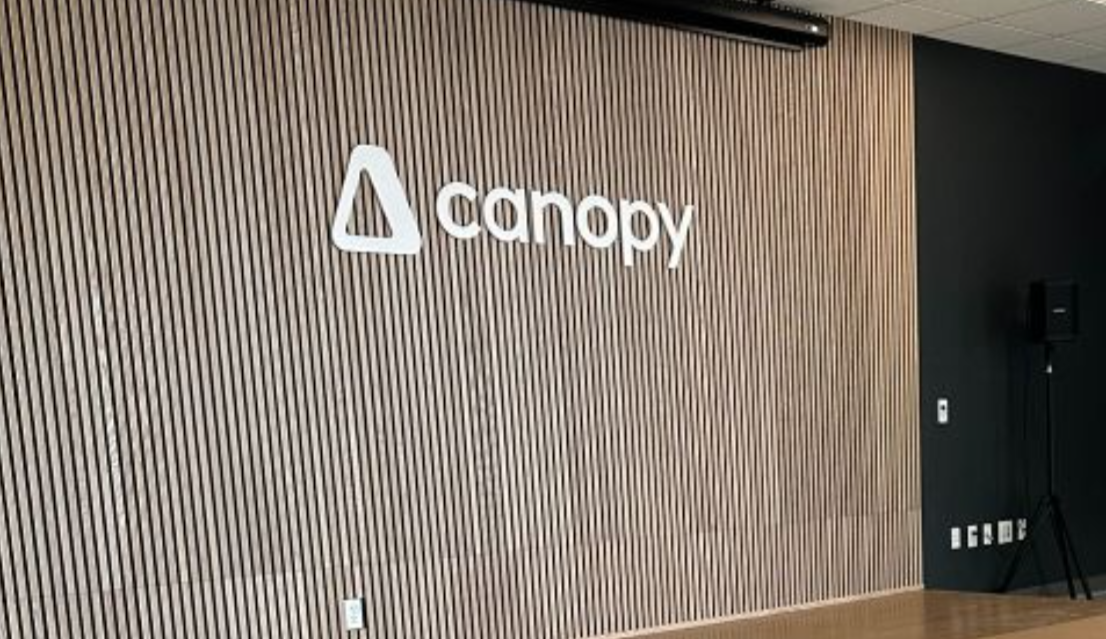MineralTree, an accounts payable (AP) and payment automation solution provider, has released its fifth annual State of Accounts Payable Report, a survey of over 1,300 finance executives and professionals in the middle market. The research looks at key trends, challenges, and opportunities in accounts payable operations.
Annual B2B payment volumes in the US are estimated at approximately $25 trillion. The related business processes can be complex and high invoice volumes supported by under-staffed finance teams and manual methods can create significant operational challenges for middle-market companies. Each year, MineralTree looks at the progress middle-market companies are making in transforming their payable operations to overcome these obstacles and gain new business efficiencies and competitive advantage.
This year’s report indicates important progress for businesses in several areas:
The use of electronic payment methods continues to accelerate dramatically.
● 91% of the businesses surveyed used payments cards at least once to make payments vs. just 51% a year ago. 80% made ACH payments at least once vs. 62% a year ago.
● The total mix of electronic vs. paper-based payments continues to shift. Businesses report paying 56% of their invoices electronically and 44% via paper vs. 52% and 48% respectively a year ago.
● They also report significant advantages as a result of moving to electronic payment methods—improved security, simplicity, and big cost-savings vs. paper checks.
More companies are automating their AP processes.
● 38% of the companies surveyed this year have begun automating their AP processes, compared to just 24% last year.
● Another 20% expect to do so within the next two years.
● Company size plays a big factor in whether a company has automated or plans to—with 58% or larger companies having already implemented, compared to 30% of smaller companies.
● Of the 42% of larger companies that have not automated, 69% plan to automate, compared to smaller companies, where of the 70% who have not implemented, only half stated they have plans to automate.
● Key areas of focus for automating include invoice capture and coding, API-level ERP connections, and fraud protection/segregation of duties.
Automation is a big driver for electronic payments.
● For companies that have automated their account payable processes, 21% of payments made are electronic vs. only 16% for those companies that have not automated. This gap is consistent with the previous year’s report.
There are also a few key areas for improvement for middle-market business:
Fraud remains a persistent issue
● 57% of respondents experienced fraud or received a fake invoice. This is versus 59% last year—not nearly enough improvement.
Manual AP costs continue to be grossly underestimated
● 90% of the cost to manually process and pay an invoice is overlooked.
● Respondents estimated a median cost of $2 per invoice vs. a real cost of $20 per.
● A company processing 500 invoices per month/6,000 per year is spending roughly $120,000 a year to do it manually vs. their cost estimate of only $12,000.
● Invoice preparation, manual sorting and entry, approvals, errors, duplicate payments and late payment fees are some of the primary cost drivers.
Middle-market business are missing a huge potential opportunity for increased efficiency
● Businesses can save 75% or more when they automate their accounts payable processes — spending approximately $5 per invoice vs. $20 doing it manually.
● Using the example above, a company processing just 6,000 invoices per year could conservatively save an estimated $90,000 or more by automating their AP process.
Manual AP processes make remote work difficult for many involved in payables operations
● The coronavirus crisis has created challenges for finance teams related to their ability to work remotely.
● 43% of respondents report still needing to go to the office in some capacity to perform their job.
● Of those, 29% reported not being productive or as productive as they had been prior to the pandemic.
“Our latest annual report shows that middle-market businesses are making real progress in their efforts to automate their accounts payable processes and gain the substantial benefits that come with that,” said Micah Remley, CEO at MineralTree. “There are clearly big opportunities as well, such as fraud prevention, continued reduction of paper-based processes, and being more realistic about what those paper-based processes are costing the business. This is especially true in the current environment where effective cash management is so critical to business operations.”
The complete State of Accounts Payable 2020 report is available here and includes further analysis including differences by company size and industry. It provides an opportunity for businesses to benchmark their progress in AP automation and compare their existing processes with similar businesses.
Thanks for reading CPA Practice Advisor!
Subscribe Already registered? Log In
Need more information? Read the FAQs
Tags: Benefits



